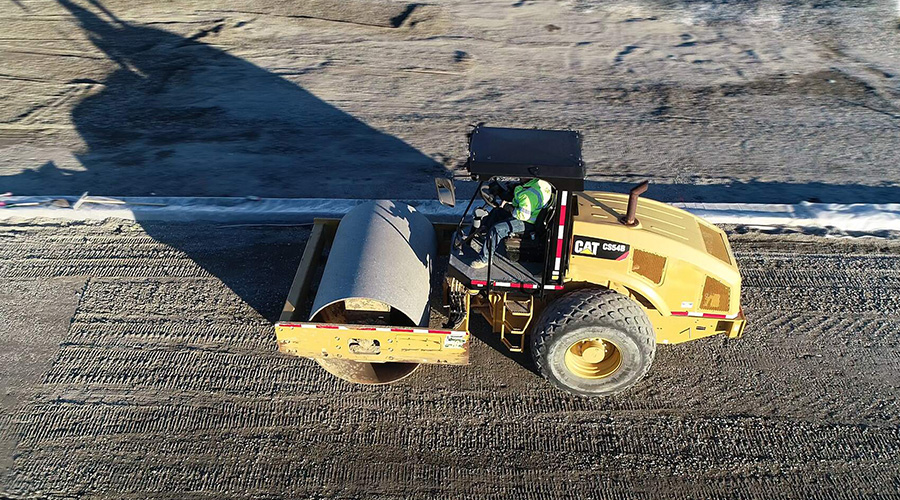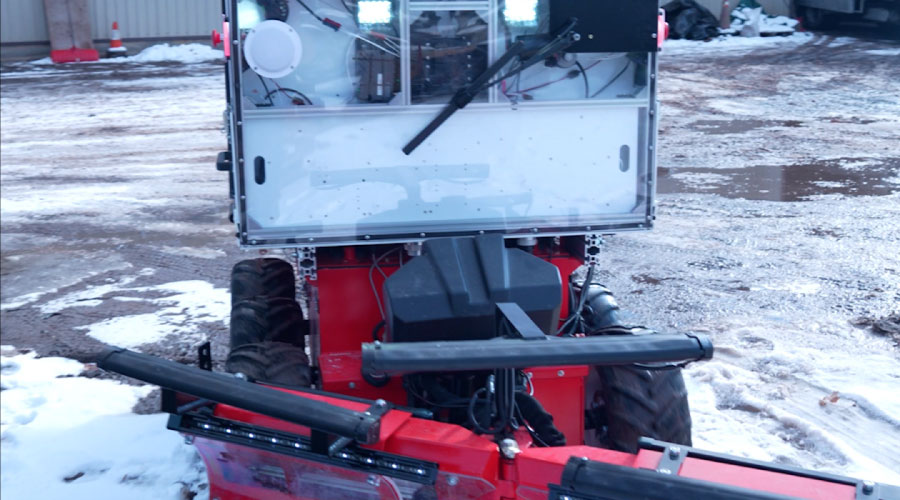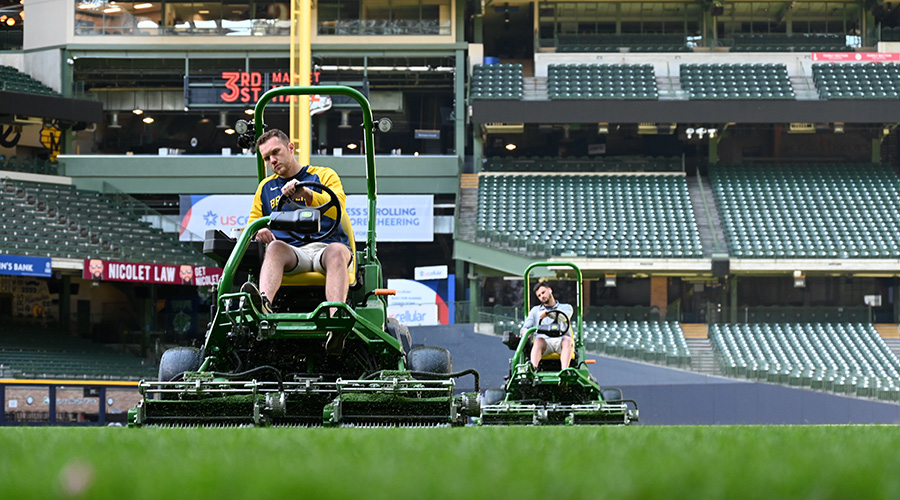Landscape Management: Irrigation Strategies and Soil Mixtures
MS: What other trends are managers facing?
DH: Changes in irrigation also are creating challenges for managers. For example, the use of recycled water for irrigation is much more common today. This water contains nutrients and salts that can require a changed plant palette over time. So managing water in new landscapes is critical to ensure plants are healthy while not creating a friendly environment for weeds, insects and disease problems.
Soil-less root-zone mixes are important for growing containers, boxed nursery stock, over-structure plantings, such as roof gardens, and the increasingly large number of plantings in pots and other containers. These mixes need to have a long-lasting organic component.
Unfortunately, longer-lasting materials, such as ground bark and peat moss, are expensive and often hard to obtain. As a result, managers more often are using composted green waste and wood waste. But these materials do not tend to last as long, and root-zone mixes shrink, causing poor drainage, aeration deficits, and plant failure.
Managers also face challenges created by changes in plant selection. For example, the size of plant material has increased for most commercial installations. Three- and four-inch-diameter trees and 15-gallon shrubs now are very common. The trees can take two-three years to become established.
During this time, they need frequent irrigation so the root ball does not dry out. Workers must check the moisture of individual root balls to ensure they do not become dry and the planting hole is not filling with water.
Most grounds care departments have not budgeted for the time it takes trees to mature. Their budgets usually assume workers manage irrigation valve by valve, not root ball by root ball. Also, if the planting hole fills with water, it is difficult to remove the water. These holes for large stock should have drainage but rarely do.
Related Topics:














